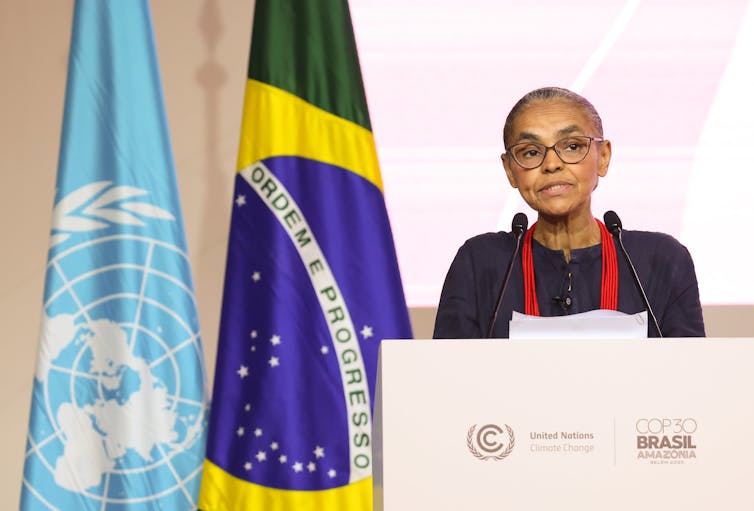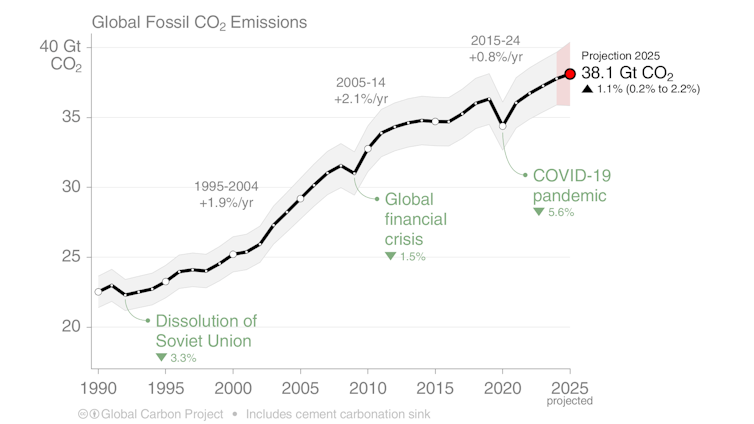Are mozzie repellents safe to use? And do I really need them in Australia?
Summer’s here and after a wet spring in many parts of Australia, mosquitoes are out in force. Insect repellent has become a routine requirement for time outdoors.
But how safe are they? And do we really need them?
What can go wrong after a mosquito bite?
A bite from a mosquito can be itchy and irritating. Even a mild reaction can have us scratching, especially if you’re one of the people who are irresistible to mosquitoes.
The swelling and itchiness usually resolves in a few days. But scratching can result in secondary infection, especially for young children, if dirt and germs from underneath the fingernails get into the sore.
A mosquito bite can also cause disease. Not all diseases are life-threatening but they can be severely debilitating.
These diseases are a risk in most parts of Australia. Even cooler regions such as Victoria and Tasmania have mosquito-borne diseases which can be seriously debilitating.
Stop the bite, stop getting sick
There are no specific cures for our local mosquito-borne diseases. While there is a vaccine available for Japanese encephalitis, preventing bites in the first place is the best way to prevent illnesses caused by Ross River, Murray Valley encephalitis and a range of other pathogens spread by mosquito bites.
Australian health authorities regularly review the recommendations for insect repellent use. But the range of formulations filling our supermarket shelves can change from summer to summer.
The Australian Pesticides and Veterinary Medicines Authority (APVMA) assesses insect repellents for their safety and effectiveness. Packaging should clearly display an APVMA registration number, along with directions for safe use and any required warnings, on their label.

What’s in popular mozzie repellents?
The most widely available active ingredients are diethyltoluamide (DEET), picaridin and oil of lemon eucalyptus (OLE).
Plant-derived products, including eucalyptus and tea tree oil, are also popular alternatives. These strongly smelling products are registered by the APVMA and provide some protection but need to be reapplied more frequently than other repellents.
Are mosquito repellents safe?
Insect repellents are often thought to be unpleasant to use, or even a health risk themselves, but the inconvenience of using a repellent is easily outweighed by the benefit of reducing mosquito bites.
Research and reviews from scientists and health authorities show mosquito repellents are a safe and effective way to prevent mosquito bites if used as recommended.
Scientists investigate each active ingredient to determine whether it’s safe. DEET has been the subject of many studies. Picaridin and oil of lemon eucalyptus haven’t been used for as long and haven’t been as thoroughly studied as DEET, but remain among those recommended by health authorities in Australia and overseas.
Natural repellents, especially unregistered and DIY formulations, may may cause skin reactions or come with other risks, so stick with products that have been registered after being tested for safety or effectiveness.
However, even if a product has been deemed safe, it is important to follow the directions for use on label. There will always be a risk if products are ingested in large quantities or intentionally misused.
What about babies and young children?
Most mosquito repellent formulations in Australia are registered for use on children over 12 months of age, although not all formulations list a specific age restriction.
International studies have shown that DEET and picaridin are safe for children. Recommended age limits for some mosquito repellents vary between countries and product type. In the United States, for example, there is no age limit for the use of DEET, while oil of eucalyptus is recommended only for children over three.
A 2024 study reviewing reports of adverse outcomes from mosquito repellent use concluded DEET was the preferred insect repellent for children, as it was the safest and offered long-lasting protection against biting mosquitoes when used as directed. The researchers noted other active ingredients may provide similar protections but more assessments were required to determine their safety.

Tips for parents of babies and young children
Always be guided by the current recommendations of the APVMA and limit the use of DEET-based repellent from 12 months. Check the label before using mosquito repellent on children.
When you’re applying repellent, ideally apply it to your hands, then rub it on their skin. If you’re using a spray, apply it carefully and never directly onto a child’s face.
Don’t allow children to apply their own repellent, as it may lead to accidental ingestion or over-exposure.
When babies and toddlers are outdoors, consider using an insect net for strollers, prams or playpens.
While wrist bands, patches and stickers are marketed as mosquito repellents for children, there is little evidence they are effective. Smouldering devices, such as coils and sticks, aren’t a good idea when there is a chance of breathing in the smoke.
How do different varieties compare?
Unlike sunscreens, which have a SPF rating, there isn’t a single measure with which to compare the different formulations of mosquito repellents and their effectiveness.
“Heavy duty” or “tropical strength” formulations often contain the same active ingredients as those known as “kid friendly”, but in higher doses that last longer. Lower concentrations still offer good mosquito bite protection, they just need to reapplied more often.
The secret to getting the best protection is to ensure mosquito repellents are applied correctly. Whether you use a cream, lotion, gel, roll-on, pump-spray or aerosol, make sure all exposed skin is covered. Reapply after swimming, sweaty exercise, or if it has rubbed off.![]()
Cameron Webb, Clinical Associate Professor, School of Medical Science & Sydney Infectious Diseases Institute; Principal Hospital Scientist, University of Sydney
This article is republished from The Conversation under a Creative Commons license. Read the original article.
















